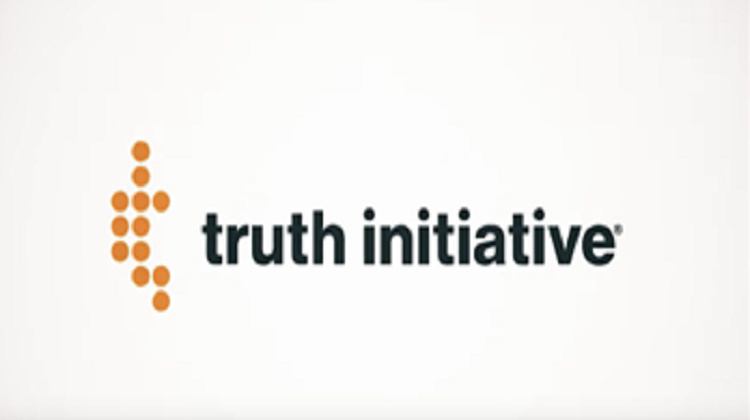The TRUTH about Smoking, Vaping, and Nicotine Misinformation
The Truth Initiative (https://truthinitiative.org/) exemplifies the power of qualitative research, community involvement, and strategic communication in public health. This evolving effort empowers young people to lead the fight against tobacco and nicotine misuse, offering a model for effectively educating targeted communities.
Empowering Youth for Change
The Truth Initiative demonstrates that young people are not just passive recipients of health information but powerful agents of change. Through youth activism and leadership programs, the Initiative engages young people in meaningful ways, allowing them to take ownership of the fight against tobacco and nicotine addiction. These programs provide hands-on experience in mobilizing peers and leading campaigns, ensuring that the messages are relevant and delivered by those who understand the audience best.
Community Projects with Lasting Impact
Local community projects and campaigns are crucial in combating tobacco and nicotine misuse. The Truth Initiative supports various local initiatives that address unique community challenges, ranging from grassroots educational efforts to large-scale advocacy aimed at influencing public policy. These initiatives meet community-specific needs and contribute to a broader movement to reduce tobacco and nicotine addiction globally.
Research-Driven Strategy
A cornerstone of the Truth Initiative’s work is its comprehensive research and resources database, which offers robust facts and analyses on issues ranging from youth substance use to the opioid crisis. This database equips activists, educators, and policymakers with accurate, up-to-date information, enabling them to make informed decisions and advocate for effective change. As harmful trends, like vaping among teens, emerge, the Initiative quickly adapts its focus, ensuring that its campaigns remain relevant and impactful.
The “Truth” Campaign: A Case Study in Success
The “Truth” anti-tobacco campaign exemplifies how qualitative research can shape powerful, resonant health communication. By deeply understanding the target audience—teens and young adults—the campaign avoids traditional, authoritative anti-smoking messages and instead taps into the values of autonomy and independence. By positioning non-smoking as a rebellious act against the manipulative tobacco industry, the “Truth” campaign resonates with teens and inspires action.
The “Truth” campaign didn’t stop with its initial success. It has continuously evolved, using ongoing qualitative research to stay attuned to changing attitudes and behaviors. As social media has become more influential, the campaign adapted by creating content for platforms like Facebook, Twitter, and YouTube, maintaining its relevance and continuing to reduce youth smoking rates.
A Legacy of Empowerment
The Truth Initiative’s work demonstrates the power of youth engagement, community action, and research in the fight against tobacco and nicotine addiction. By empowering young people, supporting local initiatives, and grounding its strategies in solid research, the Initiative has not only reduced teen smoking rates but also set a new standard for public health campaigns. As the battle against tobacco and nicotine continues, the Truth Initiative’s legacy serves as a powerful reminder that when young people are given the tools and platforms to lead, they can create lasting change in their communities and beyond.





